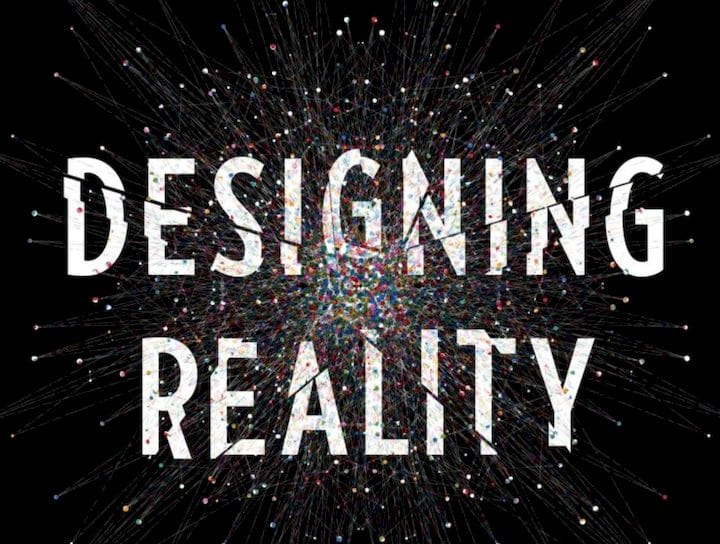![Designing Reality [Source: Amazon]](https://fabbaloo.com/wp-content/uploads/2020/05/image-asset_img_5eb0a36a80d47.jpg)
This week’s selection is “Designing Reality: How to Survive and Thrive in the Third Digital Revolution” by Neil Gershenfeld, Alan Gershenfeld and Joel Cutcher-Gershenfeld.
The premise of this book is that 3D printing is more than a fad, and could be one of the key technologies that will revolutionize society. They explain:
“Two digital revolutions–computing and communication–have radically transformed our economy and lives. A third digital revolution is here: fabrication. Today’s 3D printers are only the start of a trend, accelerating exponentially, to turn data into objects: Neil Gershenfeld and his collaborators ultimately aim to create a universal replicator straight out of Star Trek. While digital fabrication promises us self-sufficient cities and the ability to make (almost) anything, it could also lead to massive inequality. The first two digital revolutions caught most of the world flat-footed, thanks to Designing Reality that won’t be true this time.”
We who are deep into the 3D printing world often forget that what we are seeing is indeed the digitization of a discipline that for centuries was entirely analog, and frequently manual, at that.
The book takes a grand, high-level view of the human journey through digitization. Their concept of three separate and consecutive revolutions is likely correct: Computing revolutionized the manual tasks of computation, freeing people to spend more time on actual design thinking and less on the tedium of the work itself.
The communications revolution, and primarily the Internet itself, enabled everyone to speak to everyone, thus breaking through the isolation good ideas once faced. Now ideas and innovation can flow (mostly) freely through people everywhere. Information is now expected to be free, so much so that we complain when it isn’t.
Now the authors proclaim that there is a third revolution, that being Fabrication, powered by 3D printing and digital making of all kinds.
In the book they proceed through the barriers and opportunities current facing civilization, with the first two chapters being fancifully entitled:
How To Make (Almost) Anything
And
How to (Almost) Make Anthing
They look at the situation from a scientific and historical view, suggesting that their conclusions are inevitable given the technological state we currently find ourselves in, ultimately leading to a world where almost everything is digitally made.
This book will not help you 3D print some components today, but might realistically suggest where things might be headed in the far future.
Via Amazon and Designing Reality











This week’s selection is “3D Printing Projects” by Dorling Kindersley, a.k.a. “DK”.